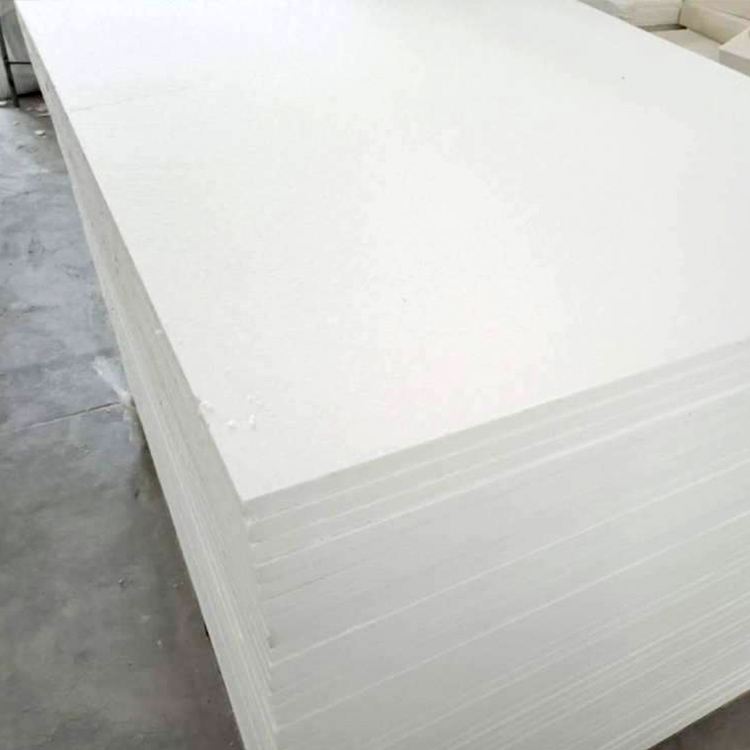In the ceramic manufacturing industry, the issues of warping and cracking during the firing process have long been a headache for manufacturers. These problems not only reduce the product yield but also affect the overall quality of ceramic products. This article delves into how to optimize the structure design and installation of composite corundum - mullite pallets to address these challenges.
The structure design of pallets plays a crucial role in controlling the deformation of ceramic products during firing. According to industry research, up to 30% of ceramic products may have issues such as warping and cracking due to uneven heat distribution during the firing process. A well - designed pallet can effectively improve the heat transfer uniformity, thereby reducing these defects.
One of the key aspects of optimizing composite corundum - mullite pallets is the geometric shape design. For example, the distribution of grooves and the design of thickness gradients can significantly affect the heat transfer performance. By adjusting the groove distribution, the contact area between the pallet and the ceramic product can be optimized, which helps to achieve more uniform heat transfer. Research shows that a well - designed groove distribution can reduce the temperature difference on the pallet surface by up to 15%, effectively reducing the probability of warping and cracking.
The thickness gradient design is also essential. A pallet with a reasonable thickness gradient can adapt to the heat transfer characteristics of different parts of the ceramic product, ensuring that each part of the product is heated evenly. In some production cases, after adopting a thickness gradient design, the deformation rate of ceramic products has been reduced from 20% to less than 10%.
In addition to the structure design, the installation method of pallets also has a significant impact on the firing quality of ceramic products. Proper installation can ensure that the pallets work in harmony with the kiln car's heat transfer characteristics.

The stacking spacing of pallets is a critical factor. If the spacing is too small, the heat transfer between pallets will be affected, leading to uneven heating. On the contrary, if the spacing is too large, it will waste kiln space. Through experiments, it has been found that a stacking spacing of 3 - 5 cm can achieve a good balance between heat transfer and space utilization. The positioning hole design also helps to ensure the accurate placement of pallets on the kiln car, which is beneficial for stable heat transfer.
Let's take a look at some real - world case studies. A ceramic manufacturing company in Italy used to have a high product defect rate of about 25% due to warping and cracking. After adopting the optimized composite corundum - mullite pallets with improved structure design and installation methods, the defect rate was reduced to less than 8% within three months. This not only improved the product quality but also increased the company's profit margin.
On - site inspection and adjustment are also crucial. Technical personnel can use infrared thermometers and other tools to detect the temperature distribution on the pallet surface and make timely adjustments. For example, if a certain area of the pallet has a significantly higher or lower temperature, adjustments can be made to the groove depth or stacking spacing in that area.
Composite corundum - mullite pallets, with their optimized structure design and installation methods, offer a practical solution to the common problems of warping and cracking in ceramic firing. By improving heat transfer uniformity, these pallets can effectively reduce product deformation and improve the overall quality of ceramic products.
If you are a ceramic manufacturer looking to improve your product yield and quality, don't miss out on the opportunity to explore the potential of composite corundum - mullite pallets. Click here to learn more about how these pallets can transform your ceramic firing process!

